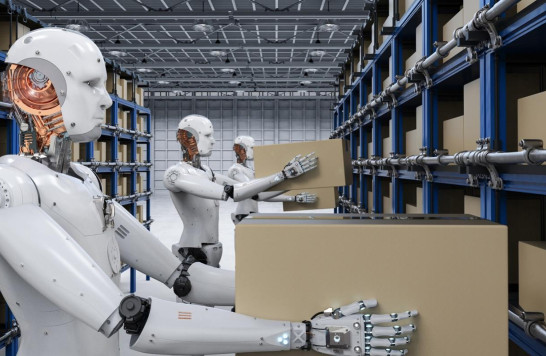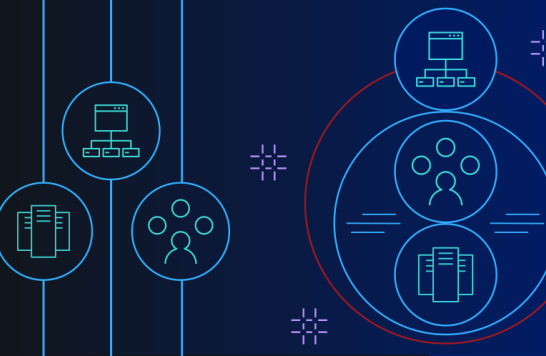Fully autonomous data centers will have to wait?

Three years ago, Microsoft announced that it had successfully completed testing a fully autonomous data center module that operated underwater for three months.
Phase 2 of Project Natick was launched in 2018 when Microsoft sank a 40 feet-long dock with 12 racks housing 864 datacenter servers in the North Sea off the Orkney Islands (Scotland). A little over a year has passed since then, and although it’s about now that Microsoft promised to report results, all it’s saying in this regard is that the test is still rolling.
“We’re extremely pleased with the reliability and other operational metrics we've seen,” assures Microsoft, commenting on the inquiries from curious media. However, the analysts conclude that it looks like fully autonomous data centers will yet have to wait.
Meanwhile, the concept of new technologies like the Internet of Things (IoT) requires low latency for processing large amounts of data near the source, at the edge of the network. In this case, everything should be automated. It would be financially unreasonable to use human resources to manually manage an array of tiny edge resources, so that is why fully autonomous data centers should finally arrive sooner or later.
Besides these obvious staff savings, going fully autonomous would also mean cutting the air conditioning and lighting costs that are otherwise necessary to maintain the comfort of the staff. In addition, having the IT work done by robots could also free up more space for the IT equipment as robots can be hardwired to operate in any conditions, including narrow spaces, higher temperatures and low to no lights.
Recent stats regularly show that outages in data centers occur due to human error, while the design of robots becomes more and more reliable. Intelligent server control systems can work faster and cause fewer failures than humans.
Companies like EdgeConneX, specializing in smaller facilities outside the major data center hubs, and LitBit used to actively promote the idea of robotic data centers, promising to create AI services for remote management and maintenance procedures. However, things have gone quiet. Along with the absence of updates on Project Natick from Microsoft, this makes us think that the time of fully autonomous data centers is yet to come, but that is unlikely to happen in the foreseeable future.
Resources
-
Strong Automation Strategy Is Key During Pandemic Recovery
As workplaces figure out their new normal, automation has a role to play – but the ad hoc implementation that happened during the COVID-19 pandemic can't continue.
-
Keeping your IBM Power Systems highly available
IBM Lab Services helps you deploy the building blocks of a next-generation IT infrastructure that empowers your business.
-
Making storage simple for containers, edge and hybrid cloud
IBM Spectrum® Fusion is a container-native software defined storage (SDS) solution that fuses IBM’s trusted general parallel file system technology (IBM Spectrum® Scale) and its leading data protection software (IBM Spectrum® Protect Plus).
-
8 reasons why IBM Power Systems is your app modernization foundation
Application modernization comes in many shapes and sizes, and it’s not always easy to know where to start. Check out the strengths and benefits that IBM Power Systems brings to your modernization efforts.
Questions?
Are you ready to make the most of IT? Schedule a call with an expert today.
Call 877-591-4015 or REQUEST A FREE CONSULTATION



